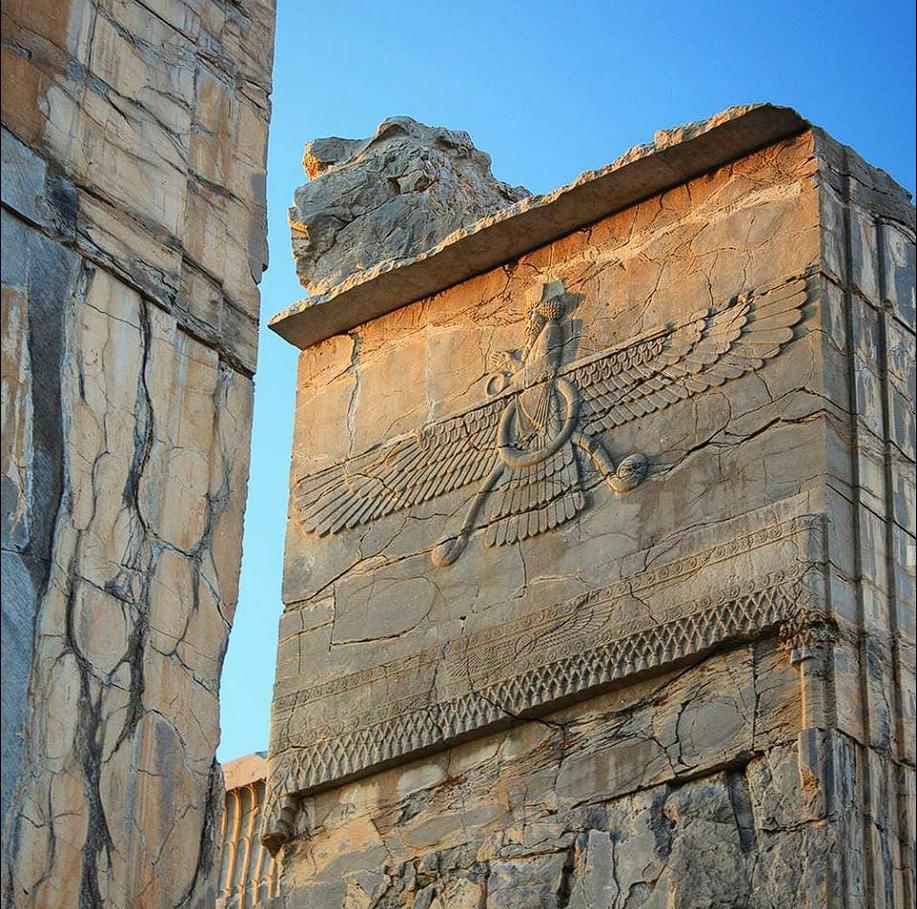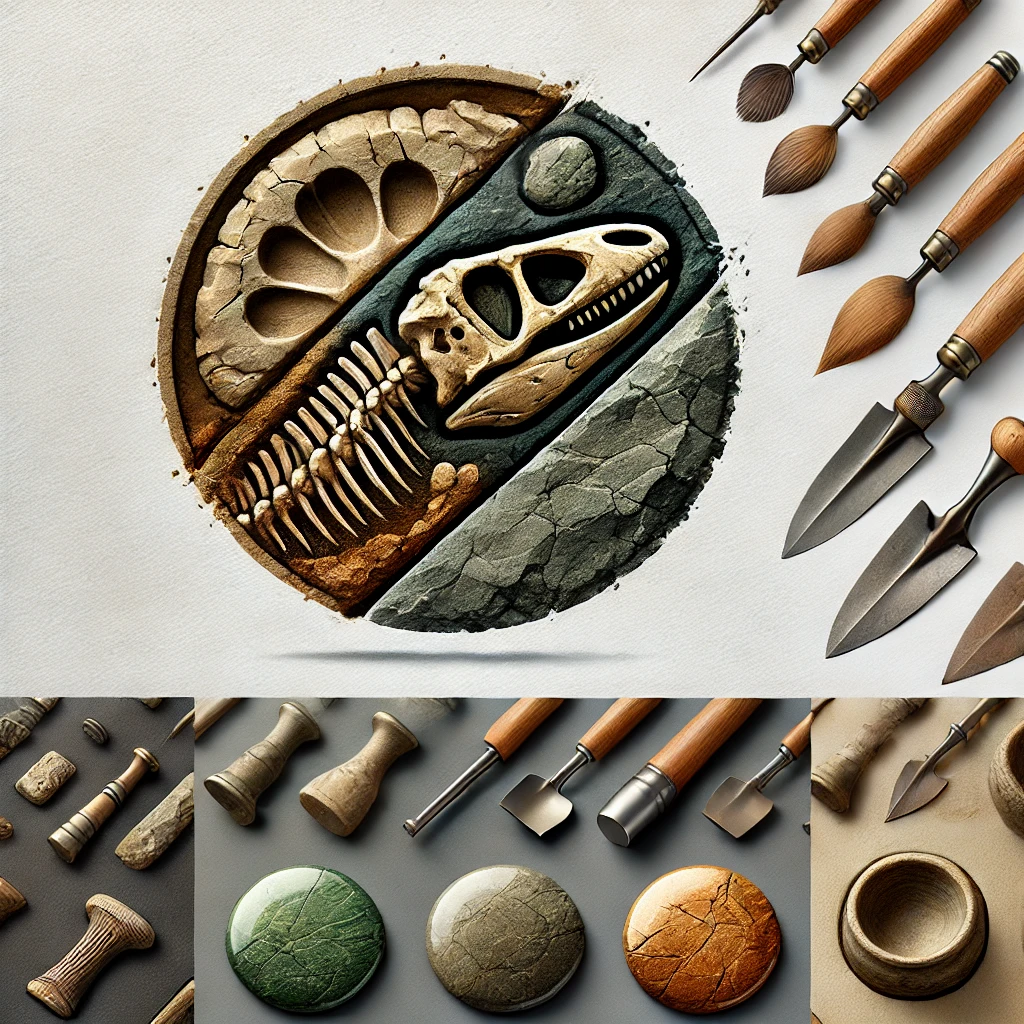Persepolis: Where Empires Spoke in Stone
In the scorched plains of southern Iran, where desert winds still brush against broken stone, lie the silent remains of Persepolis—once the beating heart of one of history’s greatest empires. Founded by Darius I in 518 BCE, Persepolis wasn’t just a city—it was a vision etched in stone, built to awe visitors and immortalize the power of the Achaemenid dynasty.
Every slab, stair, and column was designed not merely to impress but to proclaim imperial order, where distant rulers came to pay tribute under the eyes of kings and gods.
The Birth of an Imperial Dream
Persepolis, meaning “City of the Persians,” rose at the height of the Achaemenid Empire—a realm that stretched from the Indus River in the east to the shores of the Aegean Sea. This new capital wasn’t built for commerce or conquest, but for ceremony.
Here, kings like Darius the Great and Xerxes held Nowruz (Persian New Year) celebrations, hosting ambassadors from across the empire. The very architecture reinforced this imperial pageantry.
Artistry in Every Detail
What made Persepolis extraordinary wasn’t just its scale—it was the artistic finesse that defined its every wall and stairwell.
Some of its most iconic features include:
- The Apadana Palace, with 72 towering columns and intricate friezes
- The Gate of All Nations, bearing inscriptions in three languages
- Relief carvings showing delegations from Egypt, Babylon, India, and beyond bringing gifts
- Majestic double-headed bull capitals crowning its columns
These carvings weren’t mere decoration. They were political messages—a stone tapestry of harmony, showing a diverse empire united under Persian rule.
The Fall of a Masterpiece
In 330 BCE, Persepolis faced its reckoning. Alexander the Great, having conquered Persia, marched into the city and ordered it burned—either in drunken revenge or cold calculation. The fire consumed cedar roofs and golden treasures, but the limestone skeleton endured, resisting time.
What survives today is a haunting echo: massive columns standing against open skies, worn reliefs still bearing the faces of tribute bearers, and staircases that once carried kings.
Persepolis Today: A World Heritage Legacy
Now a UNESCO World Heritage Site, Persepolis continues to captivate archaeologists, historians, and travelers. Its ruins offer more than historical interest—they stir the imagination, bridging us to a time when civilization thrived through tolerance, diplomacy, and grandeur.
For modern Iranians and the global community alike, Persepolis is not just a ruin—it’s a symbol of cultural identity, a phoenix of stone that outlived the flames.
Conclusion: Stones That Still Speak
Persepolis was never meant to be just a city. It was a message—a grand statement carved into the earth that declared: This is Persia. Though its palaces crumbled and its kings vanished into legend, the legacy of Persepolis remains carved into the bedrock of world history.

CÁC TIN KHÁC
Mary Walton: The Forgotten Inventor Who Helped Clean Up America’s Cities
Tomb of Queen Nefertari in the Valley of the Queens, Egypt
Discover the Hypostyle Hall of the Temple of Hathor at Dendera
Venus de Losange: Unveiling the Mystery of a 20,000-Year-Old Paleolithic Icon